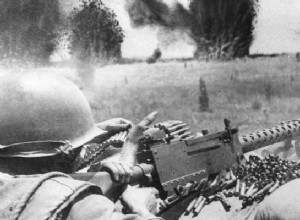The famous American engineer Clarence L Kelly Johnson, creator of the P-38 Lightning and the F-80 Shooting Star, traveled to Korea to talk to the pilots about their combats and their aircraft. He found them dismantling everything that was not absolutely essential for flight and combat. He saw Lt. Co




